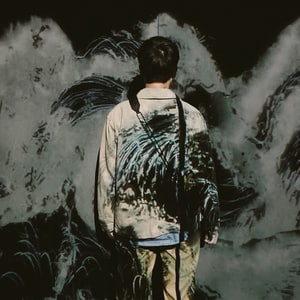All About The Duchess of Alba and Her Duenna by Francisco Goya
2 min readTable of Contents
Title of Artwork: “The Duchess of Alba and Her Duenna”
Artwork by Francisco Goya
Yr Produced 1795
Summary of The Duchess of Alba and Her Duenna
Spanish artist Francisco Goya painted this 1795 portray of the Duchess of Alba and “la Beata,” or the Duchess of Alba and “la Beata,” as it is named in English. It is known as “La Duquesa de Alba y su duea.”
All About The Duchess of Alba and Her Duenna
It displays the Duchess of Alba, Mara Cayetana de Silva, reaching playfully for her maid, Rafaela Luisa Velazquez, known as “la Beata” She leans away, but the Duchess laughs. If you maintain a purple wire less than the more mature woman’s chin, it looks like she is going to be scared. When she backs away, her eyes roll back in mock horror, and her mouth curls in delight.
A walking stick or cane allows Velazquez stand up. She has a picket cross in her correct hand, and she pretends to deliver the Duchess absent. The duchess has black lace and a black bodice on her white dress. The painting is primarily produced up of white and black hues that are painted in broad strokes. The dresses are outlined with a touch of livid yellow.
Set from a black history, these men and women glance like they are in a single minute. This removes any context from the picture.
The portray of the Duchess of Alba and la Beata is thought to be one of Goya’s “caprichos” It was painted quickly just after he misplaced his hearing. When you glance at the base right corner, it says, “Goya in 1795” In Madrid, Spain, the Museo del Prado has it.
It was bought from a non-public selection and now life there. It was not the only time that Goya painted Mara Cayetana de Silva. In the exact same yr, he painted The White Duchess, and in 1797, he painted the Duchess of Alba in her portrait.
Information Citations
En.wikipedia.org, https://en.wikipedia.org/.



-quality(70)/cloudfront-us-east-1.images.arcpublishing.com/adn/SPZYIVTQKVBCVLIKOYXM53QQEE.jpg)